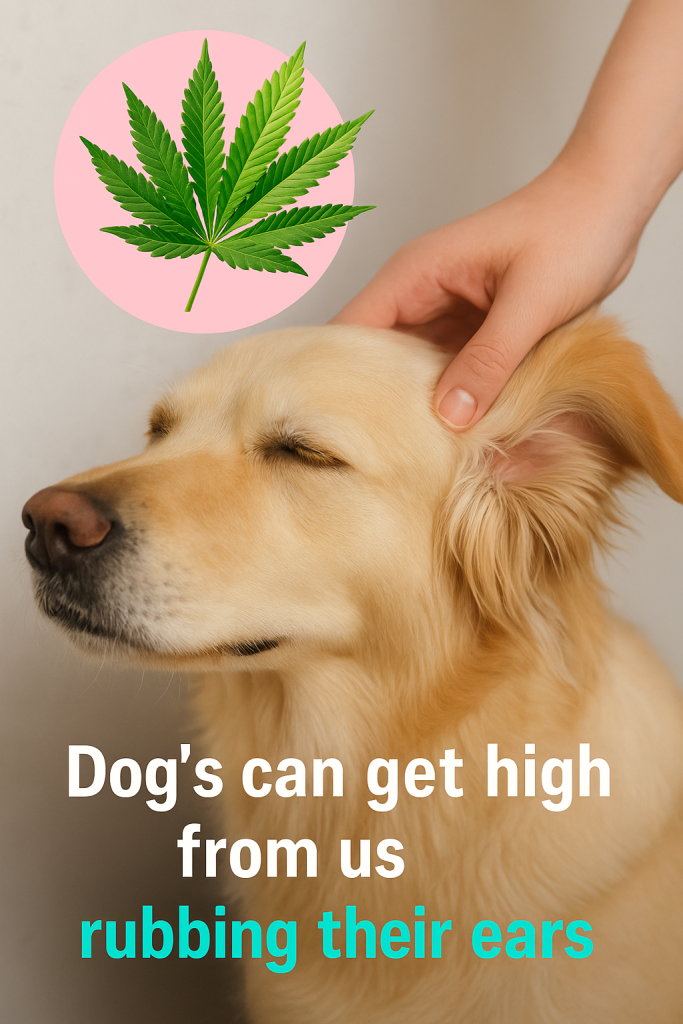For dog lovers, few things are more heartwarming than seeing a canine friend melt with joy from a gentle ear rub. Now, new insights from veterinary experts reveal that there’s a scientific reason behind this bliss—dogs’ ears are loaded with nerves that trigger the release of feel-good hormones, effectively giving them a natural high.
Dr. Allen Schoen, a renowned veterinarian specializing in canine health, explains that the unique nerve structures in a dog’s ears play a crucial role in their emotional well-being. “Dogs have a dense network of nerve endings in their ears that, when stimulated, send signals to the brain to release neurotransmitters like dopamine, oxytocin, and serotonin,” Dr. Schoen notes. These chemicals, often dubbed the brain’s ‘feel-good hormones,’ are responsible for sensations of pleasure, bonding, and overall calmness.
Recent 2024 studies have supported Dr. Schoen’s findings by demonstrating that dogs exhibit significantly lower stress levels and increased signs of happiness when their ears are gently massaged or scratched. Unlike humans, whose ears mainly serve auditory functions, dogs’ ears double as sensitivity hubs, enhancing their emotional response to touch.
“When you rub a dog’s ears, it’s not just a simple petting gesture—it’s a physiological experience that reduces anxiety and boosts mood,” remarks Dr. Schoen. Animal behaviorists also stress that this tactile interaction strengthens the human-canine bond by increasing oxytocin levels in both the dog and the owner, the same hormone responsible for the deep feelings associated with love and trust.
The idea that dogs can experience a “natural high” from such a simple act has become a social media sensation lately, with countless videos and images showing dogs blissfully basking in ear rubs. The viral posts often feature captions highlighting how a basic gesture can induce euphoria in our furry companions. This growing public awareness is encouraging more pet owners to engage in this beneficial form of touch.
What makes this phenomenon even more fascinating is the evolutionary perspective. Dogs, as descendants of wolves, relied heavily on social grooming and physical touch to reinforce pack bonds. The sensitivity of their ears likely evolved to facilitate this intimate communication channel. By activating the nerves in their ears, humans tap into this deeply ingrained social connection, promoting relaxation and happiness.
Veterinarians advise that while ear rubs are generally safe and rewarding, they should be done gently and with attention to the dog’s comfort. Some dogs may have sensitive ears due to infections or allergies, so pet owners should observe their pets’ reactions and consult professionals if any discomfort arises.
In summary, the seemingly simple action of rubbing your dog’s ears is backed by compelling science: it stimulates nerve endings packed with receptors that trigger the release of feel-good hormones, delivering a natural, pleasurable high. It’s a powerful reminder of the profound, biological connections we share with our pets—and an invitation to deepen those bonds through touch and care.
So next time you see your dog lean into an ear rub, know that you’re doing more than just showing affection—you’re giving them a joyous, natural high that supports their emotional health.



